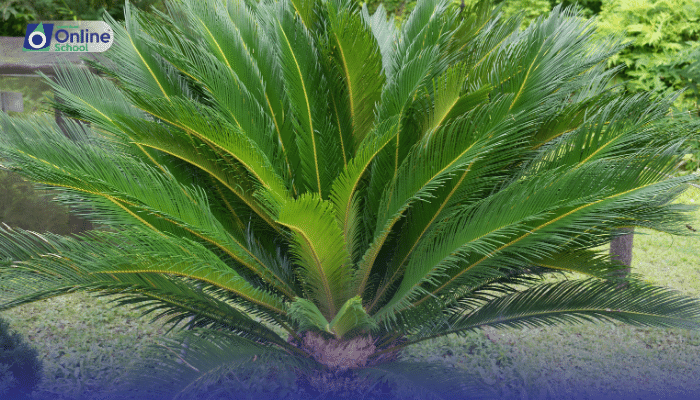
Learning Outcomes:
i. Identify the key characteristics that distinguish gymnosperms from other plant groups.
ii. Describe the reproductive structures and strategies of gymnosperms.
iii. Discuss the ecological and economic importance of gymnosperms.
Introduction:
Gymnosperms are a diverse group of seed-producing plants that include conifers, cycads, ginkgoes, and gnetophytes. They are the oldest group of seed-bearing plants, with a fossil record dating back to the Devonian period, around 385 million years ago. Gymnosperms have played a significant role in shaping the Earth's ecosystems and have provided valuable resources for human societies for centuries.
i. Key Characteristics of Gymnosperms:
Naked Seeds: Gymnosperms are aptly named, meaning "naked seeds," as their seeds are not enclosed in a protective fruit. The seeds develop on the scales of cones, which are specialized reproductive structures.
Vascular Tissue: Gymnosperms possess a well-developed vascular system, consisting of xylem and phloem, which efficiently transports water, nutrients, and sugars throughout the plant. This allows them to grow taller and more complex than non-vascular plants.
Coniferous Leaves: Many gymnosperms, particularly conifers, have needle-like or scale-like leaves adapted to conserve water and withstand harsh environmental conditions. These leaves are often evergreen, remaining green throughout the year.
Woody Growth Habit: Gymnosperms are typically woody plants, including trees, shrubs, and vines. Their woody tissues provide support and allow them to reach great heights and ages.
Heterosporous Reproduction: Gymnosperms exhibit heterospory, producing two types of spores: megaspores, which develop into female gametophytes, and microspores, which give rise to male gametophytes.
ii. Reproductive Structures and Strategies:
Gymnosperms reproduce sexually, producing seeds through the fusion of male and female gametes. The reproductive structures of gymnosperms are cones, which come in two forms: male cones and female cones.
Male Cones: Male cones produce pollen grains, which contain the male gametes. Pollen grains are typically lightweight and have air sacs that aid in wind dispersal.
Female Cones: Female cones contain ovules, which house the female gametophytes. Upon pollination, a pollen grain lands on the ovule, and the male gamete fertilizes the egg cell, resulting in the formation of a seed.
iii. Ecological and Economic Importance of Gymnosperms:
Gymnosperms play a vital role in the Earth's ecosystems and have significant economic value for human societies.
Ecological Importance: Gymnosperms are major components of forests worldwide, providing habitat for a wide variety of organisms. Their roots help stabilize soil, and their foliage contributes to the overall biodiversity of ecosystems.
Economic Importance: Gymnosperms are a valuable source of timber, used in construction, furniture making, and paper production. Their resins are used in various products, such as turpentine, varnish, and soap. Some gymnosperms, such as pine nuts and ginkgo nuts, are edible and have culinary and medicinal uses.
Gymnosperms, with their unique characteristics and adaptations, have been a dominant group of plants for millions of years. Their ecological and economic importance is undeniable, and they continue to play a vital role in shaping the Earth's ecosystems and providing resources for human societies.